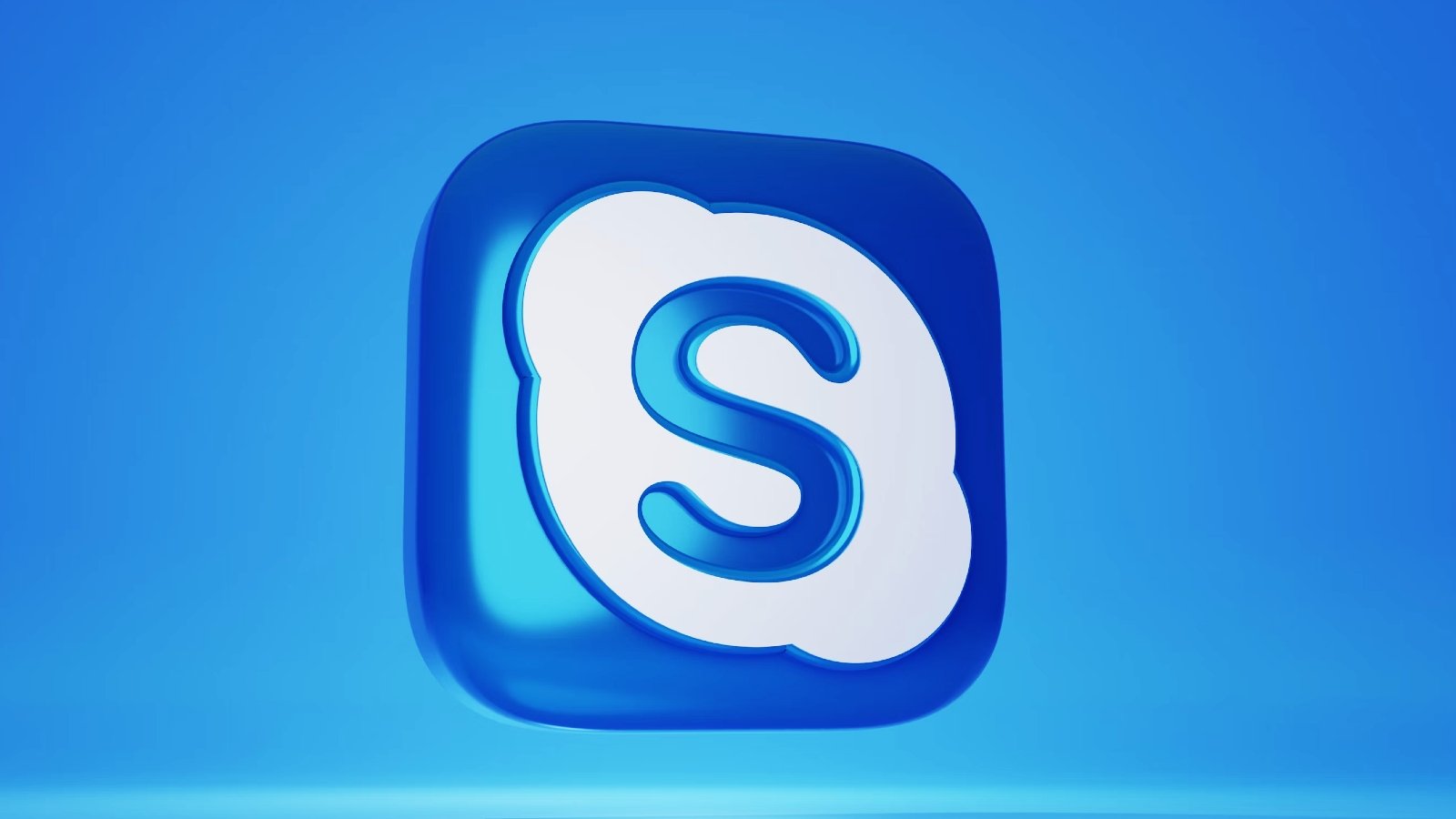Skype's Swan Song: Microsoft Pulls the Plug and Redirects Users to Teams

In a significant shift of digital communication platforms, Skype is bidding farewell to its classic video call and messaging service today, marking the end of an era that began 14 years ago when it originally replaced Microsoft's Windows Live Messenger.
The once-revolutionary communication tool that transformed how people connected across the globe is now being phased out, symbolizing the rapid evolution of digital communication technologies. What was once a groundbreaking platform for international video calls and instant messaging will now make way for more modern communication solutions.
Microsoft, which acquired Skype in 2011, has been gradually transitioning users to newer platforms and communication tools, reflecting the dynamic landscape of digital interaction. This closure represents not just the end of a service, but a testament to the continuous innovation in how we connect and communicate in the digital age.
Users who have relied on the classic Skype service are encouraged to explore alternative communication platforms and Microsoft's updated messaging solutions to ensure uninterrupted connectivity with friends, family, and colleagues.
